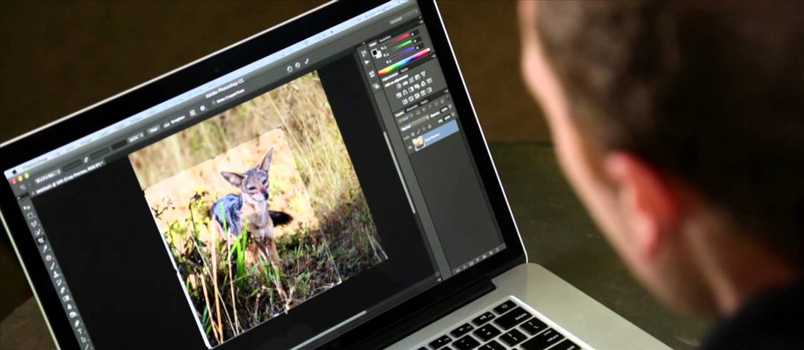On most web sites, the images express a general sense of what your web pages and blog articles are about. However, high quality and professionally created images can go a long way in attracting new readers and customers. Optimizing your images using a well-known photo enhancer like Photoshop is a good way to boost your website’s attractiveness. With that in mind, here are some ways on how to obtain those impressive professionally-edited images.
Look for high-quality images
You don’t need hire a professional photographer just to have some pictures posted on your site. Instead, you could use free stock photos sites such as Burst by Shopify, which give you thousands of high-quality and royalty-free images. Thus, you may enhance or change these images while avoiding any copyright issues.
But if there is a need for you to produce your own images, then there are easy ways on how to make them look professional through some very doable steps. For example, creating your own light box will help you take photos with good illumination.
Remember that the file type matters
There are two common types of file that are common among images: JPEG and PNG.
– JPEG- This is a file type for photographs. Saving your photographs with this file type makes it easy to manage because of its relatively low file size, particularly in comparison to PNG.
– PNG- If JPEG is for photographs, this one is for graphics. PNG has better quality than JPEG since this enables you to modify the image without affecting its quality.
Both file types should be used for different types of photos and should both be used in conjunction to create a succinct visual experience on your website.
File size and resolution should be balanced
One of your goals should include the user experience of your website’s visitors. However, this may not be possible if the file size is too large for your images. Having a large file size offers you a good image resolution and gives a crisper and sharper image. However, if the file size is too big, then this will make your page speed slow down, which can affect your user experience and search rankings. Thus, it’s best to create a balance between file size and resolution.
Be consistent with your size, dimension, and orientation
Consistency in your images gives you an organized look in your page. Presenting them with different sizes and orientation doesn’t make your website look appealing. So, whatever the size and orientation of your first image are, the second and third image should have the same as well. This makes your website look more well-structured and efficient.
Give a proper name for each of your files
This may not sound like a big deal, but it actually is. Your image of a certain thing deserves to be saved with its proper name and not just with some random combination of numbers and letters. This technique can, as a matter of fact, boost your SEO. Giving your files the proper names makes it easier for your images to be picked up by search engines.
Now start checking your web page to make sure it has completely achieved all the metrics stated above. If not, then you may want to start creating new images and show off your creativity in improving these with Photoshop.





